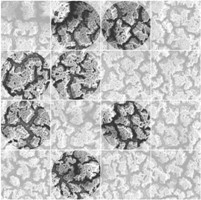|
MATERIALS SYNTHESIS – K8
Departmental web pages Head of Department Secretary Nanoparticles Multifunctional materials Magnetic materials for micro- and mm-waves Semiconducting ceramics |
J. Stefan Institute, Jamova 39, 1000 Ljubljana, Slovenia, Telephone: +386 1 477 39 00 |

